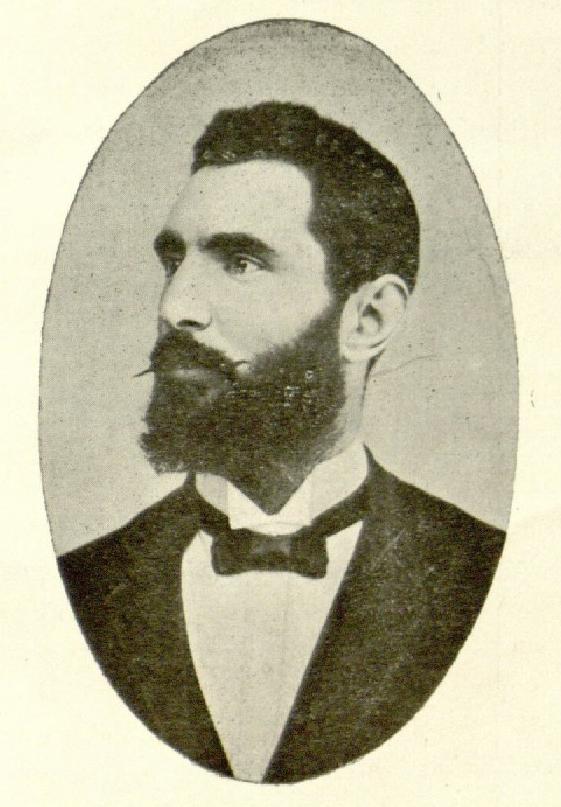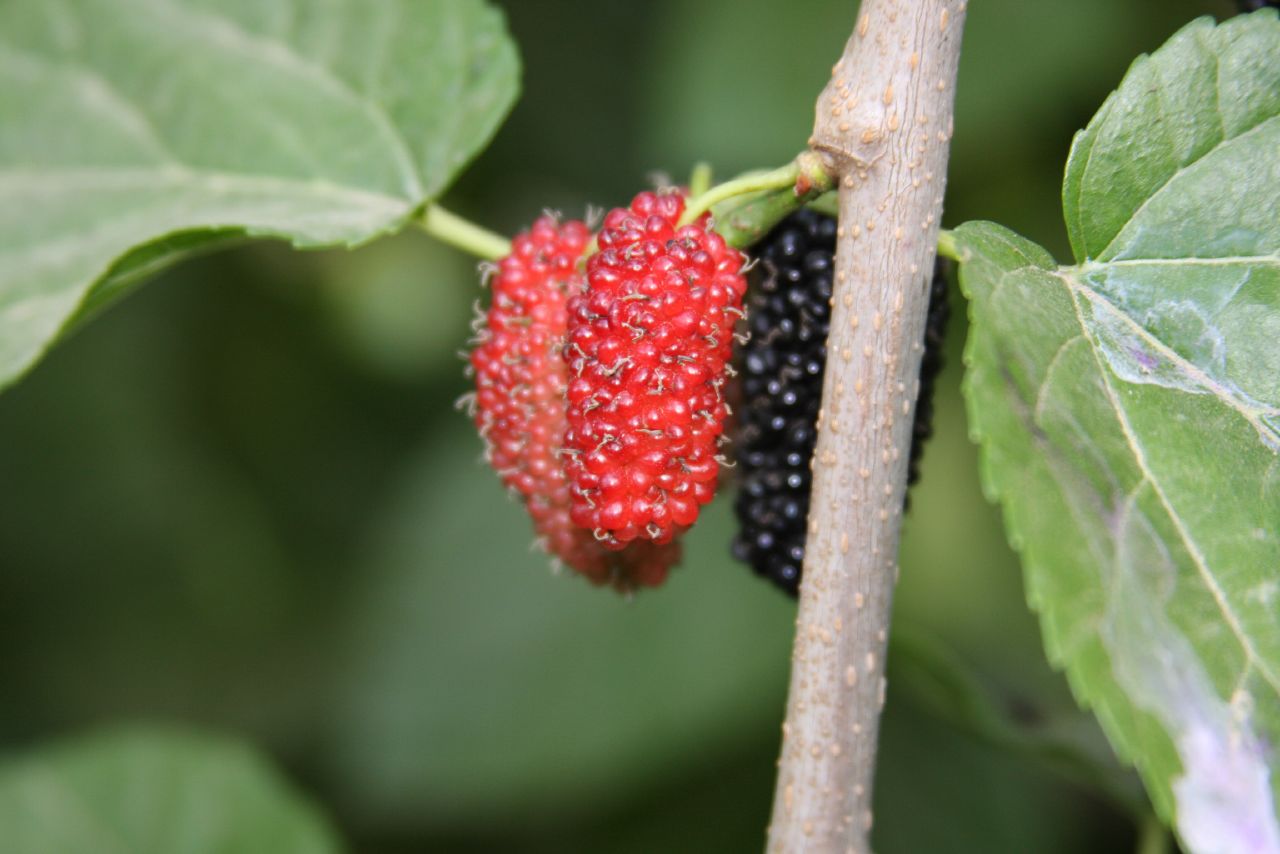|
Augusto Napoleone Berlese
Augusto Napoleone Berlese (21 October 1864, in Padua – 26 January 1903, in Milan) was an Italian botanist and mycologist. He was the brother of entomologist Antonio Berlese 1863–1927, with whom he founded the journal ''Rivista di patologia vegetale'' in 1892. He studied natural sciences at the University of Padua, where following graduation, he worked for several years as a botanical assistant (1885–1889). Later on, he taught classes at the viticulture school in Avellino (from 1892), and at the universities of Camerino (from 1895) and Sassari (from 1899). In 1901 he was appointed professor of phytopathology at the agricultural college in Milan. The mycological genus ''Berlesiella'' (family Herpotrichiellaceae) was named in his honor by Pier Andrea Saccardo. Selected works He was the author of the multi-volume series ''Icones Fungorum'' (1890–1905). He also made major contributions to Saccardo'''Sylloge Fungorum'' The following are a few of his other noted works: * ... [...More Info...] [...Related Items...] OR: [Wikipedia] [Google] [Baidu] |
Pleospora
''Pleospora'' is a genus of ascomycete fungi. This genus was originally described by Gottlob Ludwig Rabenhorst in 1857 and was revised by Wehmeyer and Müller. There are an estimated 63 species. Selected species * ''Pleospora alfalfae'' * ''Pleospora allii'', Stemphylium leaf blight * ''Pleospora ambigua'' * '' Pleospora bardanae'' Niessl 1876 * '' Pleospora betae'' * ''Pleospora bjoerlingii'' * '' Pleospora eturmiuna'' * '' Pleospora gaudefroyi'', Patouillard, now in genus ''Decorospora'' * '' Pleospora gigaspora'' * '' Pleospora gracilariae'' * '' Pleospora halophila'' * ''Pleospora herbarum'' * ''Pleospora iqbalii'' * ''Pleospora lamnaria'' * ''Pleospora leptosphaerulinoides'' * ''Pleospora lycopersici'' * ''Pleospora mullerii'' * ''Pleospora paludiscirpi'' * '' Pleospora papaveracea'', possible biocontrol for oriental poppy, now in genus ''Crivellia''. * '' Pleospora pelagica'' * ''Pleospora pelvetiae'' * '' Pleospora rubicunda'' * ''Pleospora rudis'' * ''Pleospora sed ... [...More Info...] [...Related Items...] OR: [Wikipedia] [Google] [Baidu] |
19th-century Italian Botanists
The 19th (nineteenth) century began on 1 January 1801 ( MDCCCI), and ended on 31 December 1900 ( MCM). The 19th century was the ninth century of the 2nd millennium. The 19th century was characterized by vast social upheaval. Slavery was abolished in much of Europe and the Americas. The First Industrial Revolution, though it began in the late 18th century, expanding beyond its British homeland for the first time during this century, particularly remaking the economies and societies of the Low Countries, the Rhineland, Northern Italy, and the Northeastern United States. A few decades later, the Second Industrial Revolution led to ever more massive urbanization and much higher levels of productivity, profit, and prosperity, a pattern that continued into the 20th century. The Islamic gunpowder empires fell into decline and European imperialism brought much of South Asia, Southeast Asia, and almost all of Africa under colonial rule. It was also marked by the collapse of the la ... [...More Info...] [...Related Items...] OR: [Wikipedia] [Google] [Baidu] |
Academic Staff Of The University Of Sassari
An academy (Attic Greek: Ἀκαδήμεια; Koine Greek Ἀκαδημία) is an institution of secondary education, secondary or tertiary education, tertiary higher education, higher learning (and generally also research or honorary membership). The name traces back to Plato's school of philosophy, founded approximately 385 BC at Akademia, a sanctuary of Athena, the goddess of wisdom and Skills, skill, north of Ancient Athens, Athens, Greece. Etymology The word comes from the ''Academy'' in ancient Greece, which derives from the Athenian hero, ''Akademos''. Outside the city walls of Athens, the Gymnasium (ancient Greece), gymnasium was made famous by Plato as a center of learning. The sacred space, dedicated to the goddess of wisdom, Athena, had formerly been an olive Grove (nature), grove, hence the expression "the groves of Academe". In these gardens, the philosopher Plato conversed with followers. Plato developed his sessions into a method of teaching philosophy and in 3 ... [...More Info...] [...Related Items...] OR: [Wikipedia] [Google] [Baidu] |
University Of Padua Alumni
A university () is an institution of higher (or tertiary) education and research which awards academic degrees in several academic disciplines. ''University'' is derived from the Latin phrase ''universitas magistrorum et scholarium'', which roughly means "community of teachers and scholars". Universities typically offer both undergraduate and postgraduate programs. The first universities in Europe were established by Catholic Church monks. The University of Bologna (), Italy, which was founded in 1088, is the first university in the sense of: *being a high degree-awarding institute. *using the word ''universitas'' (which was coined at its foundation). *having independence from the ecclesiastic schools and issuing secular as well as non-secular degrees (with teaching conducted by both clergy and non-clergy): grammar, rhetoric, logic, theology, canon law, notarial law.Hunt Janin: "The university in medieval life, 1179–1499", McFarland, 2008, , p. 55f.de Ridder-Symoens, Hilde ... [...More Info...] [...Related Items...] OR: [Wikipedia] [Google] [Baidu] |
Scientists From Padua
A scientist is a person who conducts scientific research to advance knowledge in an area of the natural sciences. In classical antiquity, there was no real ancient analog of a modern scientist. Instead, philosophers engaged in the philosophical study of nature called natural philosophy, a precursor of natural science. Though Thales (circa 624-545 BC) was arguably the first scientist for describing how cosmic events may be seen as natural, not necessarily caused by gods,Frank N. Magill''The Ancient World: Dictionary of World Biography'', Volume 1 Routledge, 2003 it was not until the 19th century that the term ''scientist'' came into regular use after it was coined by the theologian, philosopher, and historian of science William Whewell in 1833. In modern times, many scientists have advanced degrees in an area of science and pursue careers in various sectors of the economy such as academia, industry, government, and nonprofit environments.'''' History The ... [...More Info...] [...Related Items...] OR: [Wikipedia] [Google] [Baidu] |
1903 Deaths
Nineteen or 19 may refer to: * 19 (number), the natural number following 18 and preceding 20 * one of the years 19 BC, AD 19, 1919, 2019 Films * ''19'' (film), a 2001 Japanese film * ''Nineteen'' (film), a 1987 science fiction film Music * 19 (band), a Japanese pop music duo Albums * ''19'' (Adele album), 2008 * ''19'', a 2003 album by Alsou * ''19'', a 2006 album by Evan Yo * ''19'', a 2018 album by MHD * ''19'', one half of the double album '' 63/19'' by Kool A.D. * '' Number Nineteen'', a 1971 album by American jazz pianist Mal Waldron * ''XIX'' (EP), a 2019 EP by 1the9 Songs * "19" (song), a 1985 song by British musician Paul Hardcastle. * "Nineteen", a song by Bad4Good from the 1992 album ''Refugee'' * "Nineteen", a song by Karma to Burn from the 2001 album ''Almost Heathen''. * "Nineteen" (song), a 2007 song by American singer Billy Ray Cyrus. * "Nineteen", a song by Tegan and Sara from the 2007 album '' The Con''. * "XIX" (song), a 2014 song by S ... [...More Info...] [...Related Items...] OR: [Wikipedia] [Google] [Baidu] |
1864 Births
Events January–March * January 13 – American songwriter Stephen Foster (" Oh! Susanna", " Old Folks at Home") dies aged 37 in New York City, leaving a scrap of paper reading "Dear friends and gentle hearts". His parlor song "Beautiful Dreamer" is published in March. * January 16 – Denmark rejects an Austrian-Prussian ultimatum to repeal the Danish Constitution, which says that Schleswig-Holstein is part of Denmark. * January 21 – New Zealand Wars: The Tauranga campaign begins. * February – John Wisden publishes ''Wisden Cricketers' Almanack, The Cricketer's Almanack for the year 1864'' in England; it will go on to become the major annual cricket reference publication. * February 1 – Danish-Prussian War (Second Schleswig War): 57,000 Austrian and Prussian troops cross the Eider River into Denmark. * February 15 – Heineken N.V., Heineken brewery founded in Netherlands. * February 17 – American Civil War: The tiny Confederate ... [...More Info...] [...Related Items...] OR: [Wikipedia] [Google] [Baidu] |
Mulberry Tree
''Morus'', a genus of flowering plants in the family Moraceae, consists of diverse species of deciduous trees commonly known as mulberries, growing wild and under cultivation in many temperate world regions. Generally, the genus has 64 identified species, three of which are well-known and are ostensibly named for the fruit color of the best-known cultivar: white, red, and black mulberry (''Morus alba'', '' M. rubra'', and '' M. nigra'', respectively), with numerous cultivars. ''M. alba'' is native to South Asia, but is widely distributed across Europe, Southern Africa, South America, and North America. ''M. alba'' is also the species most preferred by the silkworm, and is regarded as an invasive species in Brazil and the United States. The closely related genus '' Broussonetia'' is also commonly known as mulberry, notably the paper mulberry (''Broussonetia papyrifera''). Description Mulberries are fast-growing when young, and can grow to tall. The leaves ... [...More Info...] [...Related Items...] OR: [Wikipedia] [Google] [Baidu] |
Trentino
Trentino ( lld, Trentin), officially the Autonomous Province of Trento, is an autonomous province of Italy, in the country's far north. The Trentino and South Tyrol constitute the region of Trentino-Alto Adige/Südtirol, an autonomous region under the constitution. The province is composed of 166 '' comuni'' (municipalities). Its capital is the city of Trento (Trent). The province covers an area of more than , with a total population of 541,098 in 2019. Trentino is renowned for its mountains, such as the Dolomites, which are part of the Alps. Etymology The province is generally known as "Trentino". The name derives from Trento, the capital city of the province. Originally, the term was used by the local population only to refer to the city and its immediate surroundings. Under former Austrian rule, which began in the 19th century (previously, Trentino was governed by the local bishop), the common German name for the region was ''Welschtirol'' () or ''Welschsüdtirol'' ... [...More Info...] [...Related Items...] OR: [Wikipedia] [Google] [Baidu] |
Giacomo Bresadola
Giacomo Bresadola ( Mezzana, Trento; often given as Giacopo) 14 February 1847 – Trento 9 June 1929) was an eminent Italian mycologist. Fungi he named include the deadly ''Lepiota helveola'' and ''Inocybe patouillardii'', though the latter is now known as '' Inosperma erubescens'' as this latter description predated Bresadola's by a year. He was a founding member of the ''Société mycologique de France'' (Mycology Society of France). Life Bresadola was born in 1847 into a farming family in Trent, then an Austrian possession. From a very early age, he showed an interest in botany. After attending elementary school at Mezzana, he was sent by his father to Cloz in the Val di Non at the age of nine to continue his studies with his uncle who was a priest. His uncle, however, considered him too rambunctious and quickly sent him home again. In 1857, his father moved to Montichiari in Brescia to become a bronze merchant. At twelve years of age, he left to study at the technical ... [...More Info...] [...Related Items...] OR: [Wikipedia] [Google] [Baidu] |
Pyrenophora
The fungal genus ''Pyrenophora'' includes 191 species, including the following plant pathogenic species: '' P. teres'', '' P. graminea'' and '' P. tritici-repentis''. ''P. teres'' (teleomorph ''Drechslera teres'') makes up to 3 conidia per conidiophore. It infects plants with an appressorium. It grows biotrophically in the first infected plant cell, but then switches to a necrotrophic growth mode. During necrotrophic growth the fungus can only be found in the plant apoplast Inside a plant, the apoplast can mean the space outside of cell membranes, where material can diffuse freely; that is, the extracellular spaces. ''Apoplast '' can also refer especially to the continuum of cell walls of adjacent cells; fluid and ma ... but not within plant cells. References Fungal plant pathogens and diseases Pleosporaceae {{fungus-plant-disease-stub ... [...More Info...] [...Related Items...] OR: [Wikipedia] [Google] [Baidu] |





